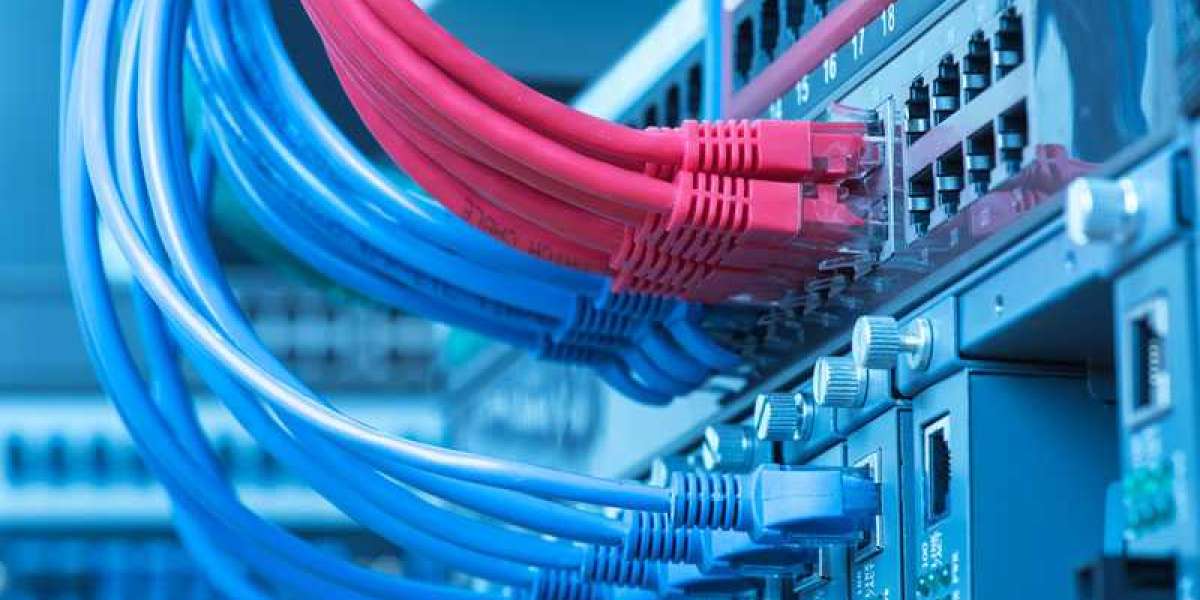In the realm of electronics and technology, low-voltage cabling is a term that plays a crucial role. This terminology refers to smaller, safer electrical wires that transport data or communication signals. Imagine these cables as tiny, diligent postmen delivering packets of information from one device to another. Understanding these cables is essential as they come in various types, each designed to serve a specific purpose. Selecting the right cable for your specific need can significantly improve your system’s efficiency and performance.
Ethernet Cables
Ethernet cables are usually the first type that comes to mind. These low-voltage cables come in different categories, like Cat5e, Cat6, and Cat6a. Each category is designed to handle different data transmission speeds. Moreover, these cables are constructed with multiple pairs of twisted wires to minimize interference. The twists are not just for show; they prevent the wires from interfering with each other, a phenomenon known as ‘crosstalk.’
Coaxial Cables
Coaxial cables have been around for a long time and are commonly used for cable TV. However, they’re also used for internet connections and CCTV systems. Their design includes an inner conductor surrounded by a tubular insulating layer, making them highly resistant to signal interference. Not only are they durable and reliable, but their unique design also allows for broad bandwidth, meaning they can carry a large amount of data.
Fiber Optic Cables
Fiber optic cables represent the cutting edge of low voltage cabling technology. These cables transmit data as pulses of light, which allows for incredibly fast and reliable data transmission. They’re commonly used for internet connections in businesses and homes where high-speed connectivity is a necessity. These cables are immune to electromagnetic interference, which can be a major issue for other types of cables. This means that whether you’re in a busy office building or a crowded residential area, your internet connection will remain strong and steady.
Telephone Cables
Even in the age of cell phones, traditional landline telephone systems still rely on low-voltage cabling. These cables often come with several pairs of wires, each pair dedicated to a single phone line. Their role goes beyond just letting you chit chat with your friends. These cables are often used in businesses for telephone systems, where they allow multiple lines to operate simultaneously. Furthermore, understanding the types of low-voltage cabling is just the first step. Choosing the right one for your needs requires a careful evaluation of your specific requirements, like the kind of devices you’re connecting, the distance between them, and the data transmission speed required. Professional low-voltage installers can assess these factors and help you make the right choice.
The Final Thought
Different types of low voltage cabling are designed to suit specific needs, and choosing the right one can significantly enhance your system’s performance. Remember, when it comes to low-voltage cabling, making the right connection makes all the difference. And companies like CMC Communications, with their expert low-voltage cable installers, can guide you in this decision, ensuring that your technology needs are not just met but exceeded.
Search
Popular Posts
-
 Revolutionize Your Business with WOL3D Coimbatore’s Unparalleled 3D Printing Services in Coimbatore
Revolutionize Your Business with WOL3D Coimbatore’s Unparalleled 3D Printing Services in Coimbatore
-
 Thế nào là margin? Đòn bẩy tài chính là gì?
Thế nào là margin? Đòn bẩy tài chính là gì?
-
 Brand Empower's Industry Leaders Awards
Brand Empower's Industry Leaders Awards
-
 أفضل مواقع للرهانات الرياضية
By Nadeem Amer
أفضل مواقع للرهانات الرياضية
By Nadeem Amer -
 Navigating the 정보이용료현금화 Landscape: Best Practices for Success
By Llid Bill
Navigating the 정보이용료현금화 Landscape: Best Practices for Success
By Llid Bill



